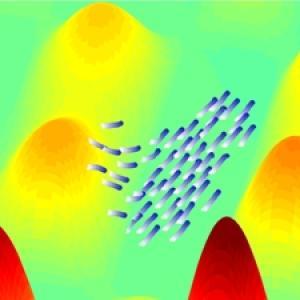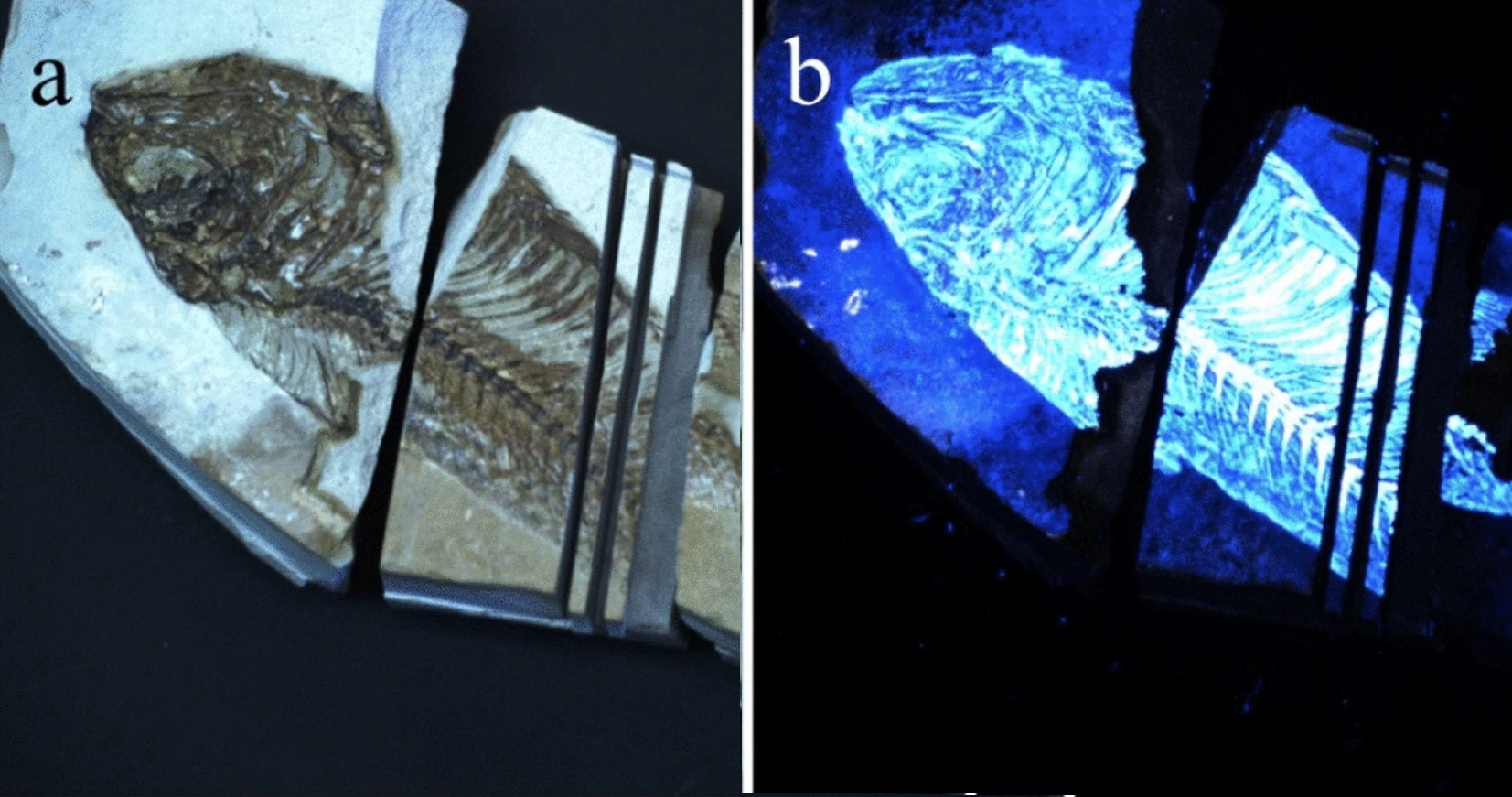Adaptable Decision-Making Found in Bacteria Communities
Much to humans’ chagrin, bacteria have superior survival skills. Their decision-making processes and collective behaviors allow them to thrive and even spread efficiently in difficult environments.
Now researchers at Tel Aviv University have developed a computational model that better explains how bacteria move in a swarm — and this model can be applied to human-made technologies, including computers, artificial intelligence, and robotics. Ph.D. student Adi Shklarsh — with her supervisor Prof. Eshel Ben-Jacob of TAU’s Sackler School of Physics and Astronomy, Gil Ariel from Bar Ilan University and Elad Schneidman from the Weizmann Institute of Science — has discovered how bacteria collectively gather information about their environment and find an optimal path to growth, even in the most complex terrains.
Studying the principles of bacteria navigation will allow researchers to design a new generation of smart robots that can form intelligent swarms, aid in the development of medical micro-robots used to diagnose or distribute medications in the body, or “de-code” systems used in social networks and throughout the Internet to gather information on consumer behaviors. The research was recently published in PLoS Computational Biology.
A dash of bacterial self-confidence
Bacteria aren’t the only organisms that travel in swarms, says Shklarsh. Fish, bees, and birds also exhibit collective navigation. But as simple organisms with less sophisticated receptors, bacteria are not as well-equipped to deal with large amounts of information or “noise” in the complex environments they navigate, such as human tissue. The assumption has been, she says, that bacteria would be at a disadvantage compared to other swarming organisms.
But in a surprising discovery, the researchers found that computationally, bacteria actually have superior survival tactics, finding “food” and avoiding harm more easily than swarms such as amoeba or fish. Their secret? A liberal amount of self-confidence.
Many animal swarms, Shklarsh explains, can be harmed by “erroneous positive feedback,” a common side effect of navigating complex terrains. This occurs when a subgroup of the swarm, based on wrong information, leads the entire group in the wrong direction. But bacteria communicate differently, through molecular, chemical and mechanical means, and can avoid this pitfall.
Based on confidence in their own information and decisions, “bacteria can adjust their interactions with their peers,” Prof. Ben-Jacob says. “When an individual bacterium finds a more beneficial path, it pays less attention to the signals from the other cells. But at other times, upon encountering challenging paths, the individual cell will increase its interaction with the other cells and learn from its peers. Since each of the cells adopts the same strategy, the group as a whole is able to find an optimal trajectory in an extremely complex terrain.”
Benefiting from short-term memory
Read more . . .
Bookmark this page for “robot swarm” and check back regularly as these articles update on a very frequent basis. The view is set to “news”. Try clicking on “video” and “2” for more articles.









